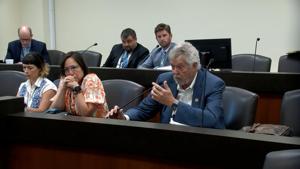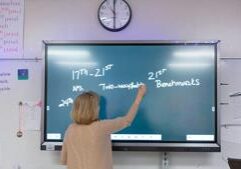
Report: IL public schools show low academic proficiency, higher taxpayer funding
(The CEnter Square) – The latest education statistics indicate stagnant proficiency for public school students in Illinois, despite dramatic increases in taxpayer funding.
Kelsey Bakken, director of policy for Advance Illinois, said the latest National Assessment of Educational Progress (NAEP) data shows stagnant academic proficiency for Illinois public school students.
“Only about a third of students are demonstrating proficiency in reading and math based on the NAEP, a trend that has remained remarkably stable for the last 15 years,” Bakken said.
Bakken said Illinois has increased education spending more than most other states.
“Funding for K-12 schools grew 75% between 2008 and 2024, increasing our ranking from 47th to 18th,” Bakken said.
Gov. J.B. Pritzker said his administration increased its commitment to students by more than $2.8 billion, a 33% increase in school funding by Illinois taxpayers. The state’s education budget for the 2025-26 school year is a record-high $11.2 billion.
The increased spending has come during the latter half of a time period in which school enrollments have dropped. Public school enrollment for K-12 students in the Land of Lincoln decreased 10.3% from 2010 to 2024.
Elected officials and political candidates are offering different ways forward as public school students continue to struggle.
Although the Advance Illinois report said Illinois narrowed equity gaps across the education continuum, state Rep. Carol Ammons, D-Urbana, said policy changes are necessary to close gaps involving race, economics and zip code.
“Every single year, we should not say, ‘Well, we’ve got gaps, but you know…’ At some point, gaps have to be closed,” Ammons said.
Republican gubernatorial candidate Ted Dabrowksi said the governor’s education policies have failed.
“Two years ago, Gov. Pritzker and the Democrats allowed school choice to die. They killed the only school choice legislation we had. They could have kept it going, and they let it die,” Dabrowski said.
Dabrowski said states all around Illinois have universal school choice.
In addition to academic challenges, Bakken pointed to “troubling” chronic absenteeism in public schools.
“Student wellness trends, including chronic absenteeism are at a historic and worrisome level,” Bakken said, adding that rates have increased 8% since the pandemic.
The overall statewide chronic absenteeism rate for Illinois public school students was 26% in 2024, up from 18% in 2019.
Bakken said college and career readiness has been dropping and is something that would be worth investigating.
Data showed that 38% of students showed college and career readiness in 2015, but the number was down to 30% last year.
Greg Bishop contributed to this story.
Latest News Stories
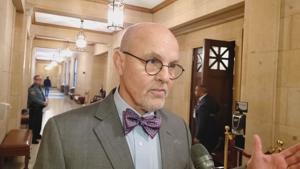
Lawmaker criticizes $500 student board scholarships amid lowered K‑12 standards

Illinois news in brief: Work begins on $1.5 billion O’Hare expansion; Police catch man accused of road rage, shooting
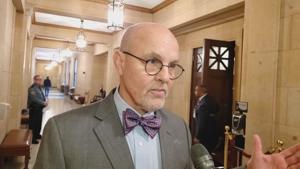
Soaring utility bills, solar federal tax credit cuts dominate Illinois energy debate

Illinois quick hits: Pritzker signs crypto regulations

Trucking industry leader: New law may drive business out of Illinois

Derailment disrupts train service for Chicago, New York, Washington, Miami

Democratic candidates focus on national politics in campaign for U.S. Senate

Chicago posts fewest homicides since 2016, arrests rate also declines

Illinois quick hits: Prosecutors charge two more in Tren de Aragua case; Senate Energy and Public Utilities Committee meets today; Illinois Little League team loses in World Series
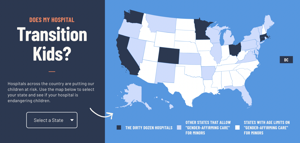
Report: Human Rights Campaign pressures transgender procedures on minors
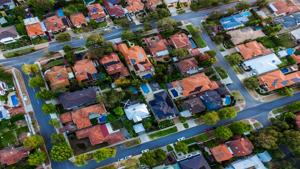
Everyday Economics: Housing market and Fed policy in focus in the week ahead

Executive Committee Considers $12,000 Strategic Planning Initiative with University of St. Francis


